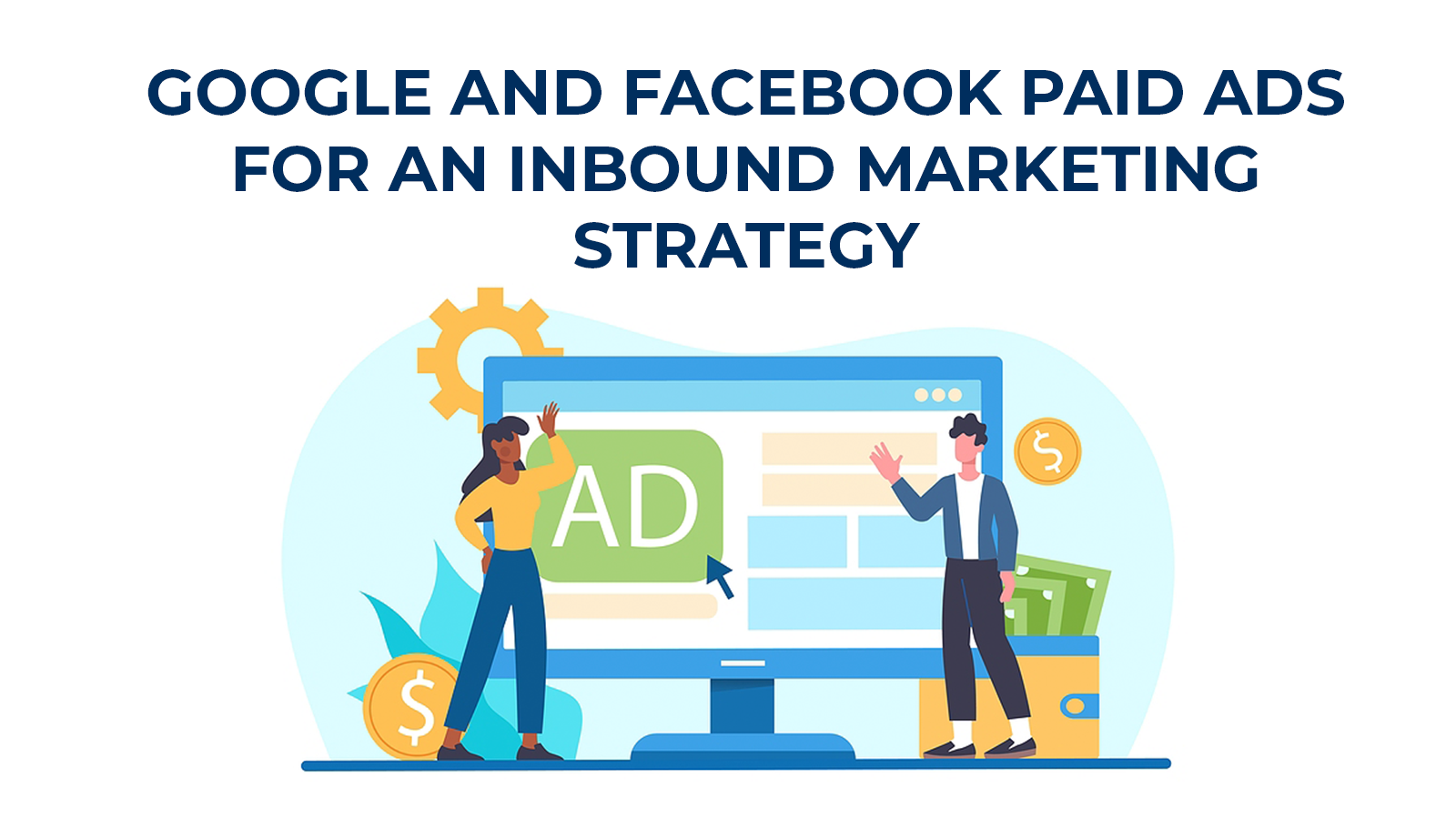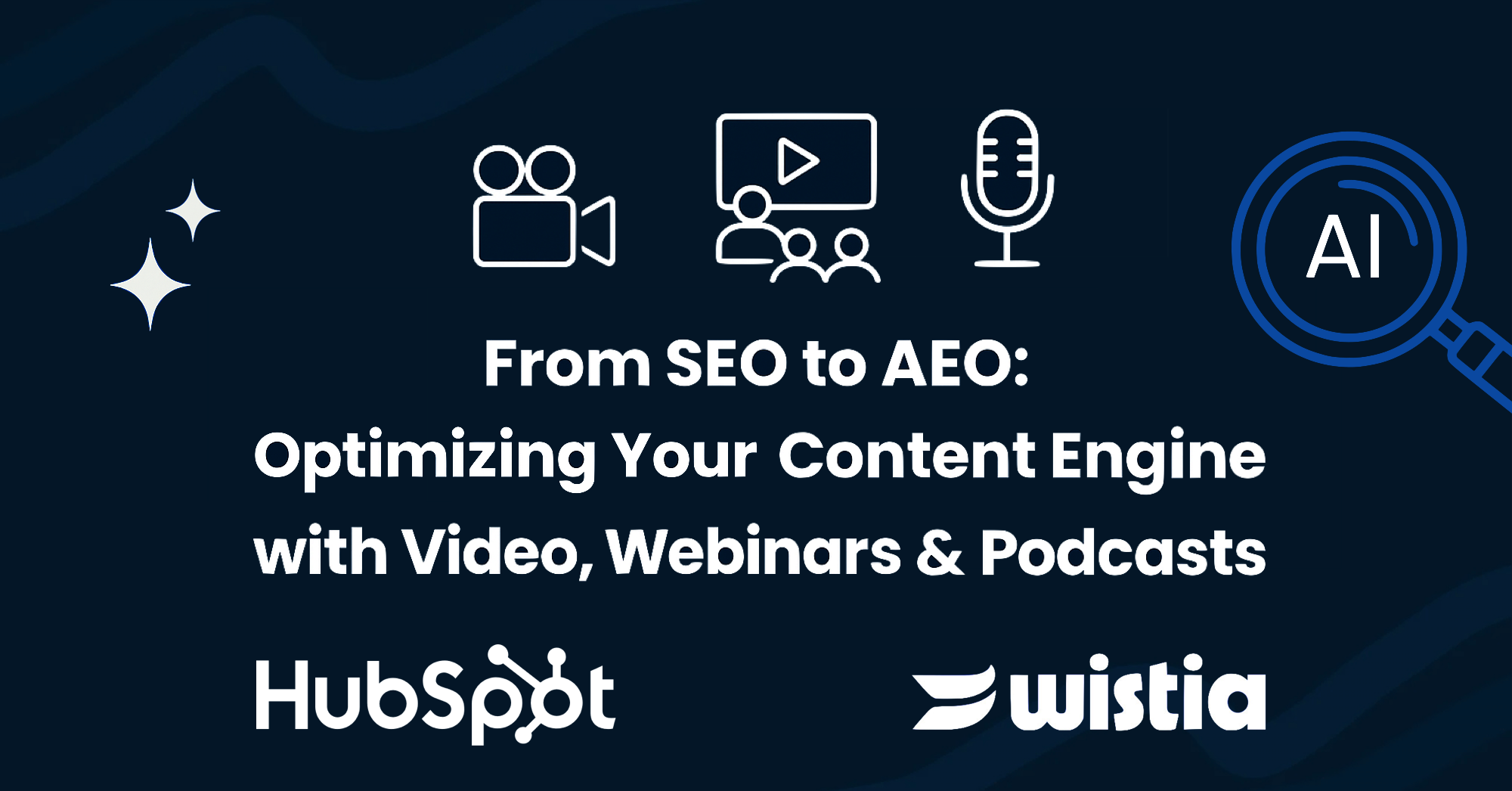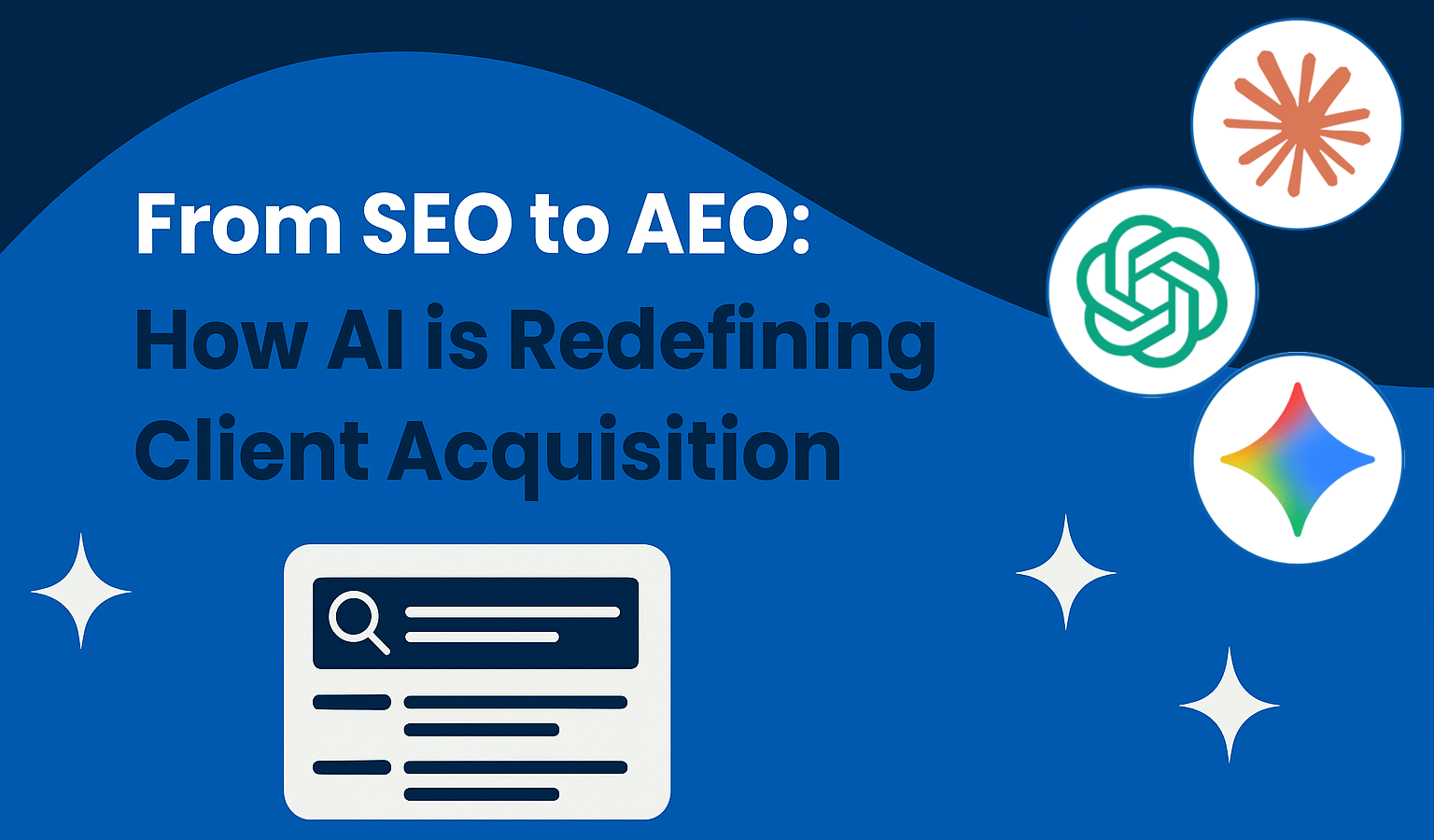Are you ready to begin a paid ad campaign? What is the process for getting started? Which metrics should you measure around contacts that interact with your paid ads?
How to Implement an Inbound Paid Ad Strategy
Inbound marketing is a business methodology that attracts customers by creating valuable content and experiences tailored to them. Inbound paid ads are a supplement for your organic efforts and a way to nurture existing site visitors, leads, and customers.
Inbound marketing requires time to build traffic, create organic content, and maybe even a redesign of your website with local and on-site SEO and usually doesn’t start to show results for 12-18 months. Due to this, inbound paid ads are more of a supplement to your overall inbound strategy. They can be implemented by either supplementing organic Google traffic by running Google Search Ads or by nurturing existing site visitors, leads, and customers, using Facebook retargeting ads and Google Display Ads.
Paid Ad Platforms and Objectives
1. Consider Paid Advertising Goals
The number one thing that we suggest when starting inbound paid ads is to consider your goal. Often, businesses assume that they should be running Google and Facebook Ads because everyone is doing them, but don’t have an objective in mind. Once you determine what your ad goal is, that determines what platform you should use, how you’re going to use it, and how you will be targeting your audience.
2. Selecting Your Target Audience
The next step is selecting your target audience, which is the group of people you want to reach with your ads. Think back to your paid advertising goals to help decide whether you are looking for a new audience or re-targeting your current audience. Once you make that decision, it will guide what platform you should consider using.
3. Selecting Your Ad Platform(s)
Once you’ve determined your ad goal(s) and selected your target audience, the last step is to select your ad platform. If you are already working with Google Search Console and understanding keywords and how people are getting to your website, then you may want to consider running Google Search Ads. However, your audience may live more on Facebook and Instagram and Facebook retargeting ads may be a better fit.
It’s important to keep your audience in mind. If you know that your audience doesn’t use Facebook then it’s probably not the right platform to use. Overall, choose the platform that works best for you and your audience.
Preparing to Set Your Ads Up for Success
When you are preparing for inbound paid ads, there are three things you need to keep in mind:
- Clear conversions to send your audience from your ads: you want to make sure that you have a clear CTA on your website or landing page. This could look like “contact us”, “download guide”, etc.
- Clear marketing process for lead follow-up: make sure that your team has a documented process on how to nurture the leads from your ads. No matter where they may be in the sales funnel, your team needs to be ready to help move them through the sales process.
- Clear process for how leads are handed off to sales: as your leads move up the sales funnel, your sales team needs to know how to step into that process and take over that lead.
Technical Paid Ad Set-Up in HubSpot
Now that you have established your ad strategy, it is just as important to make sure you have all of your technical tracking set up so you will be able to track the performance of your ads. Here are three things to evaluate when it comes to your technical ads setup.
1. Connect Ad Accounts to HubSpot
If you are a HubSpot user, make sure you connect your ad accounts. The biggest value of running paid advertising and using HubSpot is that it allows you to see what ads are generating clients.
2. Install Relevant Codes on Your Site
To track your conversions with your ads, you need to add any relevant codes to your website. This may include Google ad site tags, Google ad conversion tags, or Facebook pixels. Adding these codes will show you exactly how your ads are converting leads through the sales funnel which can help you understand whether your ads are working for your audience.
3. Using HubSpot Events for Paid Ad Conversion Tracking
This feature was only recently introduced but is an extremely helpful tool for anybody who is running Google or Facebook ads. You can now send CRM data back to Google if somebody becomes a lead in your database by filling out a form. If they either make a purchase or become a customer and are marked as a lifestyle stage customer, you can send that data back with the conversion value to those platforms. This will help the platforms optimize your campaigns and allow for less time spent on tracking those conversions.
Measuring Success of Your Paid Ad Campaigns in HubSpot
Once you have gone through the strategy and techncial setup, you can better understand the success of your ads. If you are using HubSpot properly, there’s data that you can rely on to help you measure the success of your paid ads down to the ROI of dollars spent. Ultimately what is important to measure is:
- Are your ads generating relevant traffic?
- Are they bringing you new leads?
- Are they bringing your current audience back to the site?
- Are the leads you are generating from paid ads eventually turning into customers for your business?
Everyone wants to be able to see the direct results of their ad return and if you are utilizing all the tools available, you’ll be able to fully see the ROI.
Where to Look for Success?
HubSpot Ads Tools
If you are in the main interface and go to the marketing tab, then ads and your ads integration are already set up, then you’ll see something similar to the image above. This can give you great insight into how things are performing. You don’t always have to go into the Google Ads platform to look at your ad's performance. You can see data for impressions, conversions, clicks, contacts, customers created, and so much more just within the HubSpot Ads tool.
Traffic Analytics Report
If you want to analyze how your ads are performing and playing a role in overall site traffic then you should go to the main traffic analytics, which is under reports in your HubSpot menu. You can also see your lead generation and conversion rates in this report too.
Campaign Website or Landing Page
If you are sending people to a specific page from your ads then this report can help you monitor your page performance for paid ad traffic and lead generation. This can help you understand what the user may be doing such as converting on the page that you want or whether they are visiting the page and converting elsewhere. Seeing the data after your ads have been running for a bit (at least 30 days) can help you make adjustments depending on how well your ads are doing.


-1-1.png)


